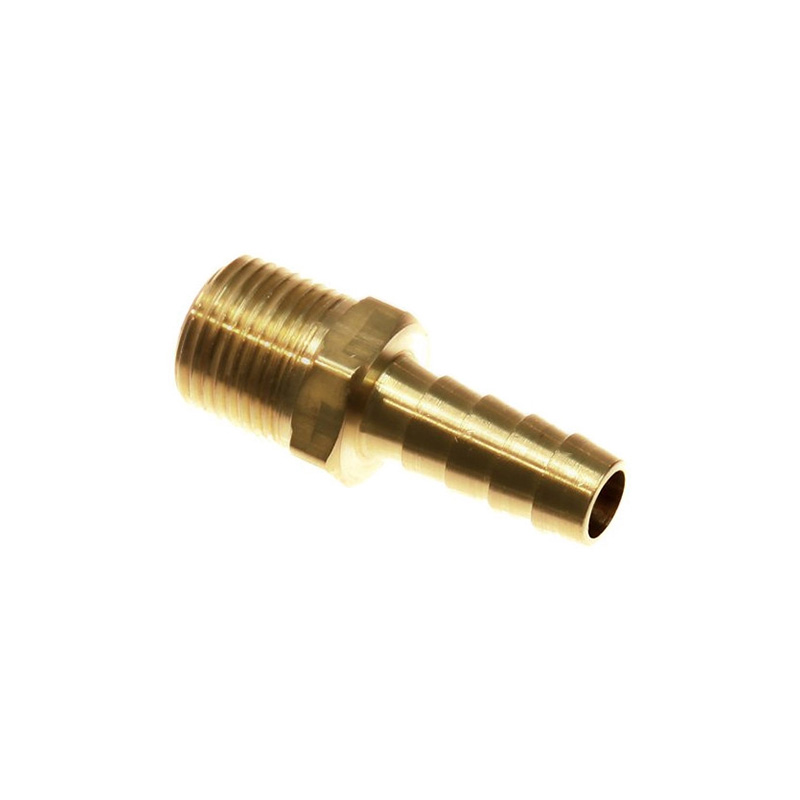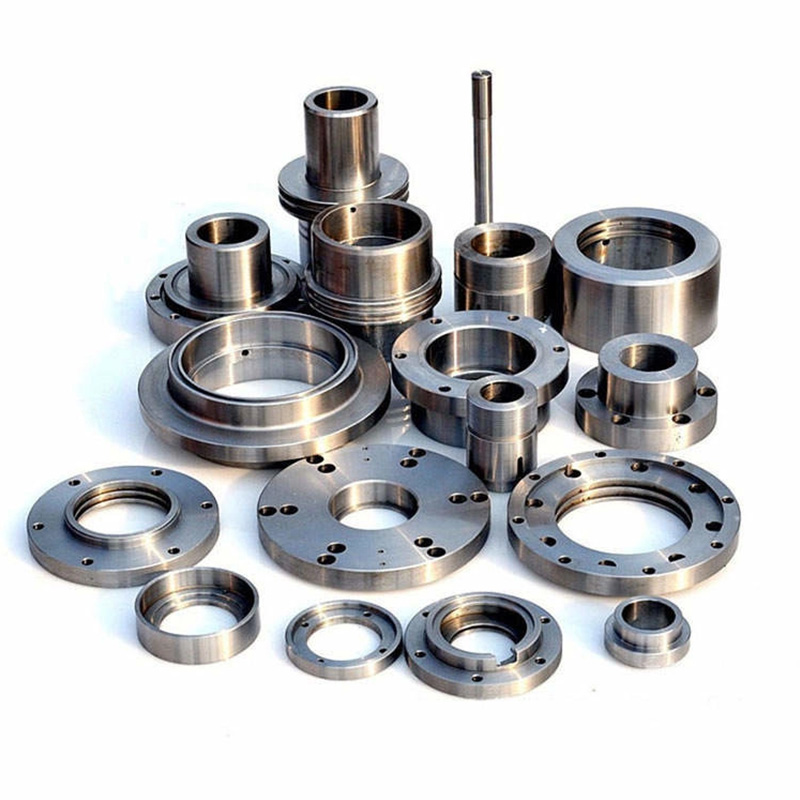Why Lathe CNC Parts Optimization Matters
Manufacturers lose up to 20% in machining efficiency due to unoptimized processes (NIST Report 2024). Poorly executed lathe CNC parts production leads to material waste, longer lead times, and inconsistent quality. We’ll reveal proven solutions to these challenges.
Material Selection Strategies
Match Material Properties to Applications
Problem: Using generic materials increases wear and failure rates. Solution: Select alloys based on stress loads and environmental factors. For instance, switch to 4140 steel for high-torque shafts instead of basic carbon steel. Case: A gear manufacturer reduced part failures by 35% after material re-specification.
Cost-Effective Raw Material Sourcing
Negotiate bulk pricing with certified suppliers. Interestingly, local vendors often match overseas prices when ordering 500+ units. Always verify material certifications – counterfeit metals cause 12% of machining defects (IMTS Survey 2023).
Precision Machining Techniques
Optimized Cutting Parameters
Problem: Standard feeds/speeds cause tool chatter. Solution: Calculate chip load using this formula: Chip Load = Feed Rate / (RPM × Number of Flutes). Our team’s 2025 project showed 0.03mm chip load maximized stainless steel lathe CNC parts surface finish.
Advanced Toolpath Programming
Use trochoidal milling for deep pockets. This reduces tool deflection by 40% compared to conventional paths. For complex lathe CNC parts, always simulate programs first – it prevents 90% of collision errors.
Efficiency Boosters
Automated Tool Change Systems
Implement robotic loaders for lights-out production. A Midwest factory increased daily output of precision turned components by 220% after automation. Remember to calibrate grippers monthly!
Coolant Optimization
Flood coolant isn’t always best. Through-tool cooling improves titanium machining by lowering temperatures 150°C. Use viscosity testers monthly – degraded coolant increases tool wear 3× faster.
Comparative Analysis: Traditional vs Optimized CNC Turning
| Factor | Traditional Approach | Optimized Method |
|---|---|---|
| Cycle Time | 18 min/part | 11 min/part |
| Tooling Cost | $2.80/part | $1.65/part |
| Surface Finish | Ra 3.2 μm | Ra 1.6 μm |
| Scrap Rate | 6.2% | 1.8% |
Step-by-Step Optimization Protocol
- Analyze current production data (OEE, scrap rates)
- Simulate machining using CAM software
- Conduct tooling audit and replace worn components
- Implement in-process gauging for critical dimensions
- Document parameters in centralized database
Essential Optimization Checklist
Tool holder balance < 0.5g
Coolant concentration 8-12%
CAM simulation error-free
First-article inspection completed
Chip evacuation system optimized
Frequently Asked Questions
Q: How often should I recalibrate lathes for precision parts?
A: Every 500 operating hours or monthly – whichever comes first. Critical aerospace components need weekly checks.
Q: Can I optimize older CNC machines?
A: Absolutely! Start with tooling upgrades and parameter adjustments. Many shops achieve 15-20% efficiency gains on 10-year-old equipment.
Q: What’s the biggest mistake in CNC turning optimization?
A: Focusing only on speed. Actually, balanced optimization of feed, depth of cut, and tool path yields better results than max RPM.
Implement these methods to transform your lathe CNC parts production. Precision machining excellence awaits!







